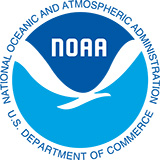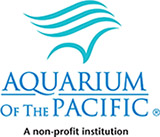Ocean to Table: Stories of Food, Farming, and Conservation
New video series highlights responsible marine aquaculture in the U.S.
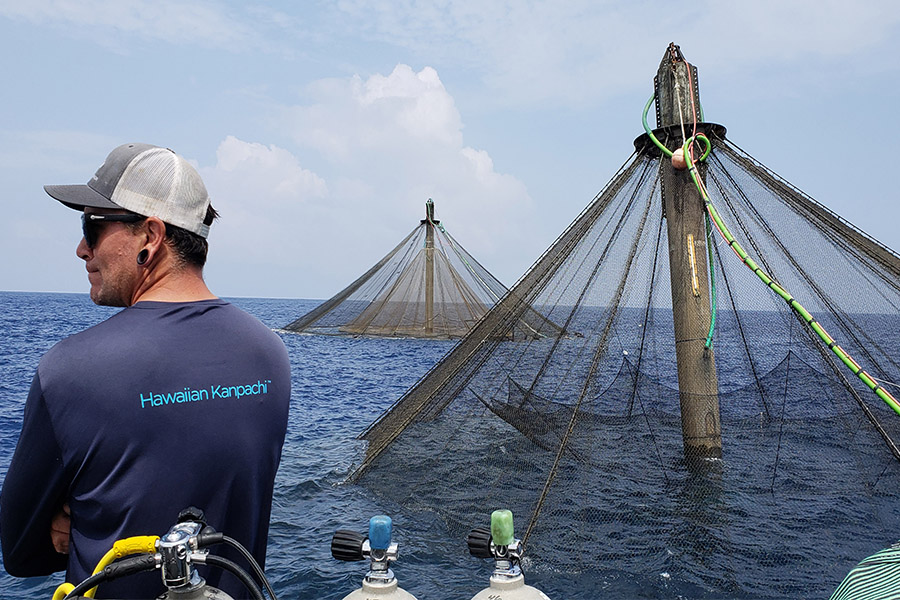
Farmer Chris Jones tends to the kanpachi farm off the coast of Hawaii. These cages are examined and maintained daily to help ensure that the fish are healthy and operations are sustainable. Blue Ocean Mariculture is the only commercially operating offshore finfish farm in the U.S. Credit: Seafood for the Future
Seafood for the Future, the National Oceanic and Atmospheric Administration’s (NOAA) University of Southern California (USC) Sea Grant, and partners are featuring U.S. marine aquaculture, or farming in the sea, in a new educational video series called Ocean to Table: Stories of Food, Farming, and Conservation. The Aquarium-led production brings together seafood farmers, scientists, and chefs from around the country to share their stories. Each video showcases a different ocean farm and different types of seafood. Cooking tips and recipes are also shared so anyone can enjoy healthy, responsibly produced U.S. seafood at home with confidence.
Explore our website to learn more about the series and the people who are working to create and innovate the future of marine aquaculture to support healthy ocean ecosystems and people.
NOTE: Views shared by the people featured in the series regarding a specific product are theirs and not an endorsement by the Aquarium of the Pacific, Seafood for the Future, or NOAA’s USC Sea Grant.
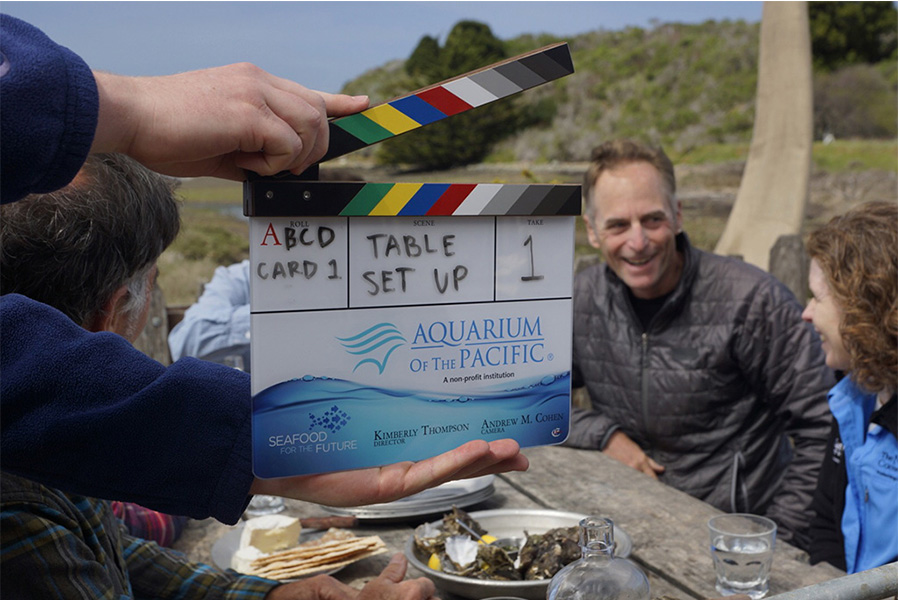
Kicking off the series at Hog Island Oyster Company in Tomales Bay. We learned about important collaborative efforts to research the relationship between oyster farms and eelgrass. Credit: Seafood for the Future
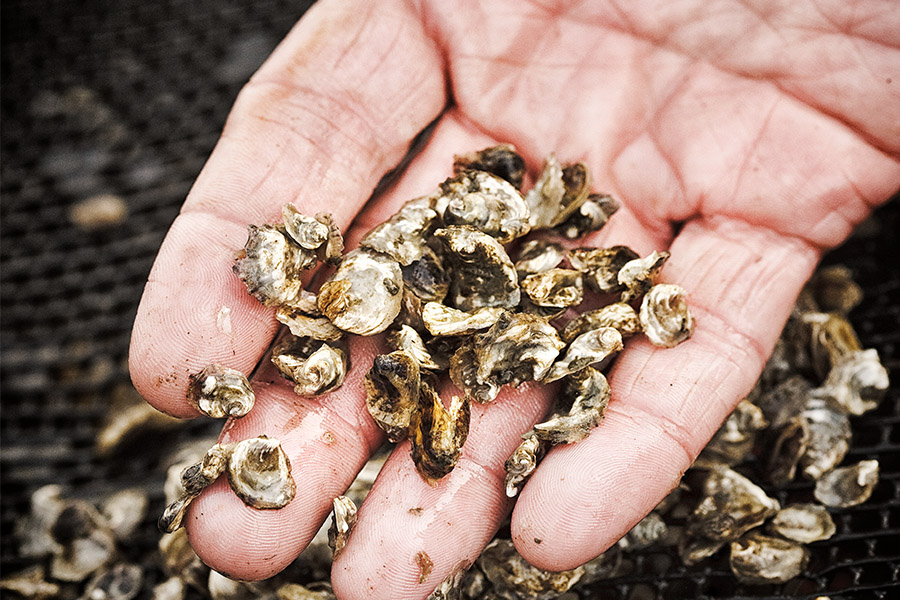
Efforts are underway to learn more about ocean acidification and how to make baby oysters like these more resilient to the changes ahead. Credit: Ed Anderson Photography
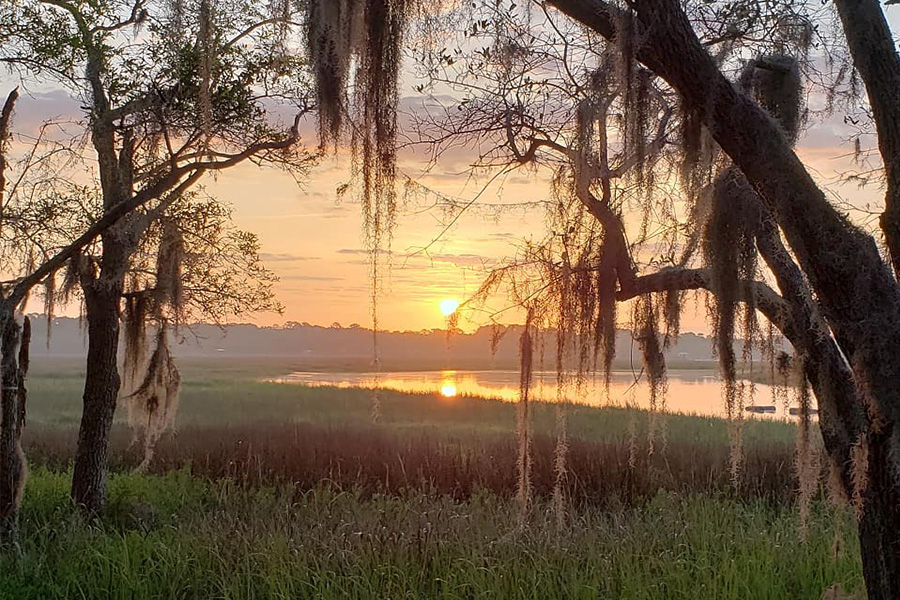
Sunrise at the Lady's Island Oyster Inc. hatchery in South Carolina. Credit: Seafood for the Future

Farmer Chris Jones tends to the kanpachi farm off the coast of Hawaii. These cages are examined and maintained daily to help ensure that the fish are healthy and operations are sustainable. Blue Ocean Mariculture is the only commercially operating offshore finfish farm in the U.S. Credit: Seafood for the Future
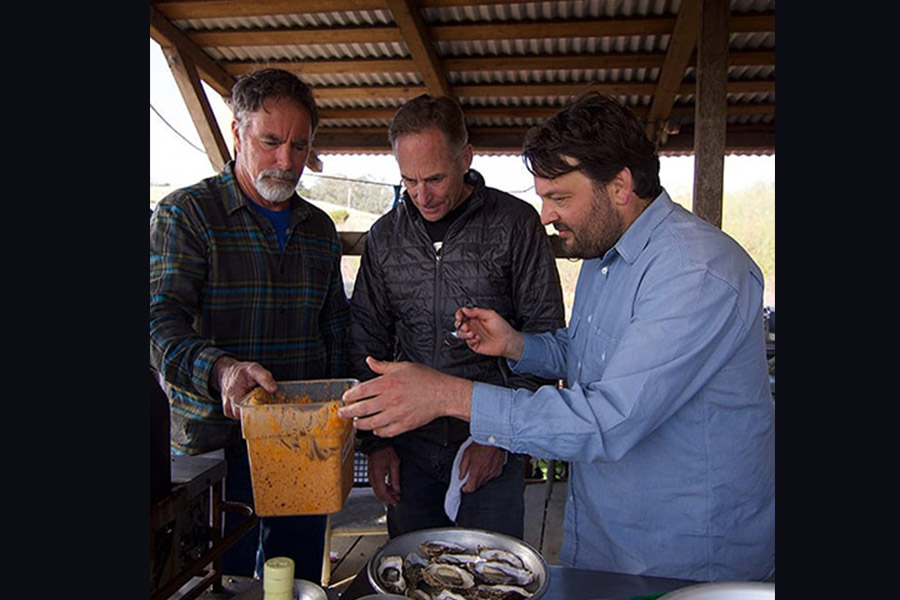
Chef Stuart Brioza and farmers Terry Sawyer and John Finger show us how to grill oysters. Credit: Seafood for the Future
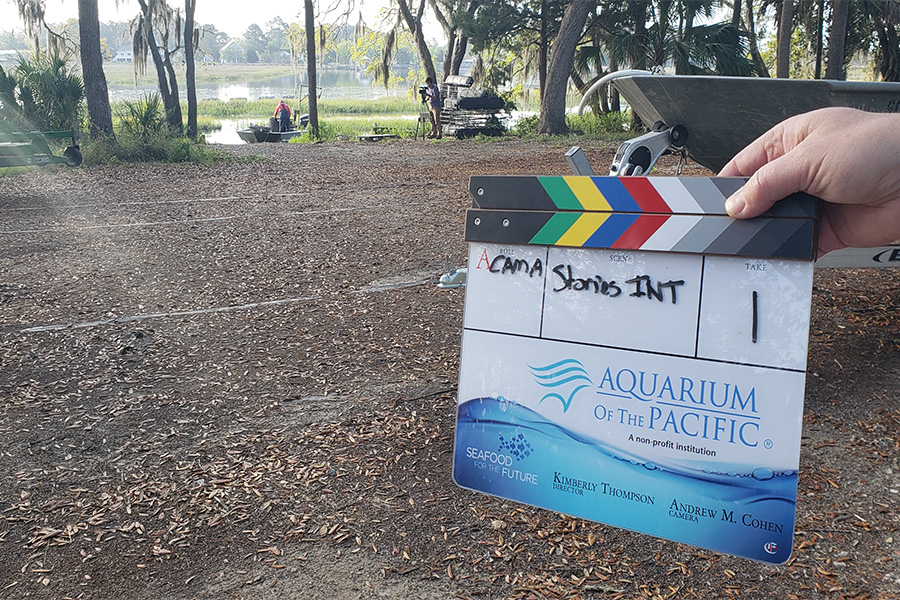
An early morning film session at Lady's Island Oyster Inc. in South Carolina. Oysters can provide valuable ecosystem benefits. Credit: Seafood for the Future
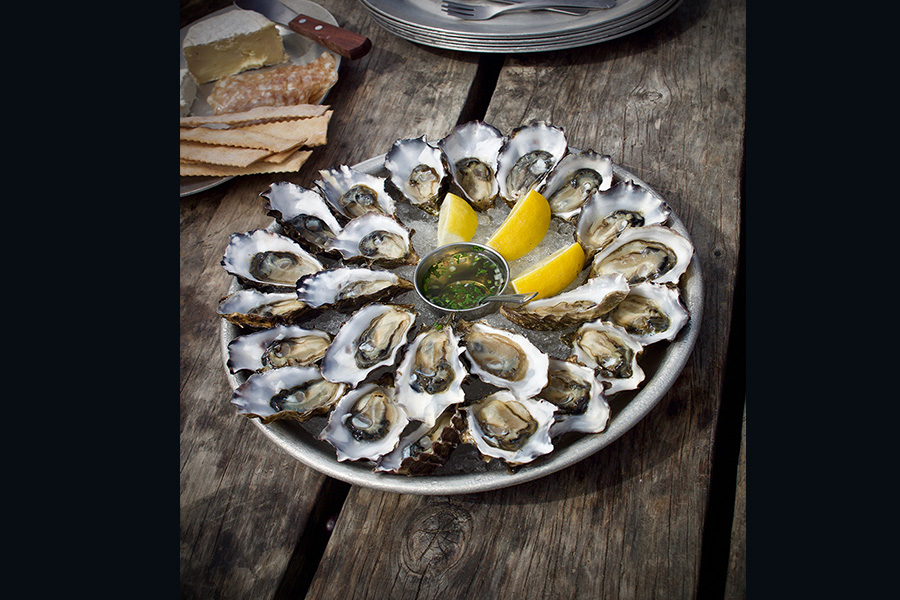
In addition to being one of the most resource efficient sources of protein, oysters are an excellent source of iron, calcium, and zinc. Credit: Seafood for the Future
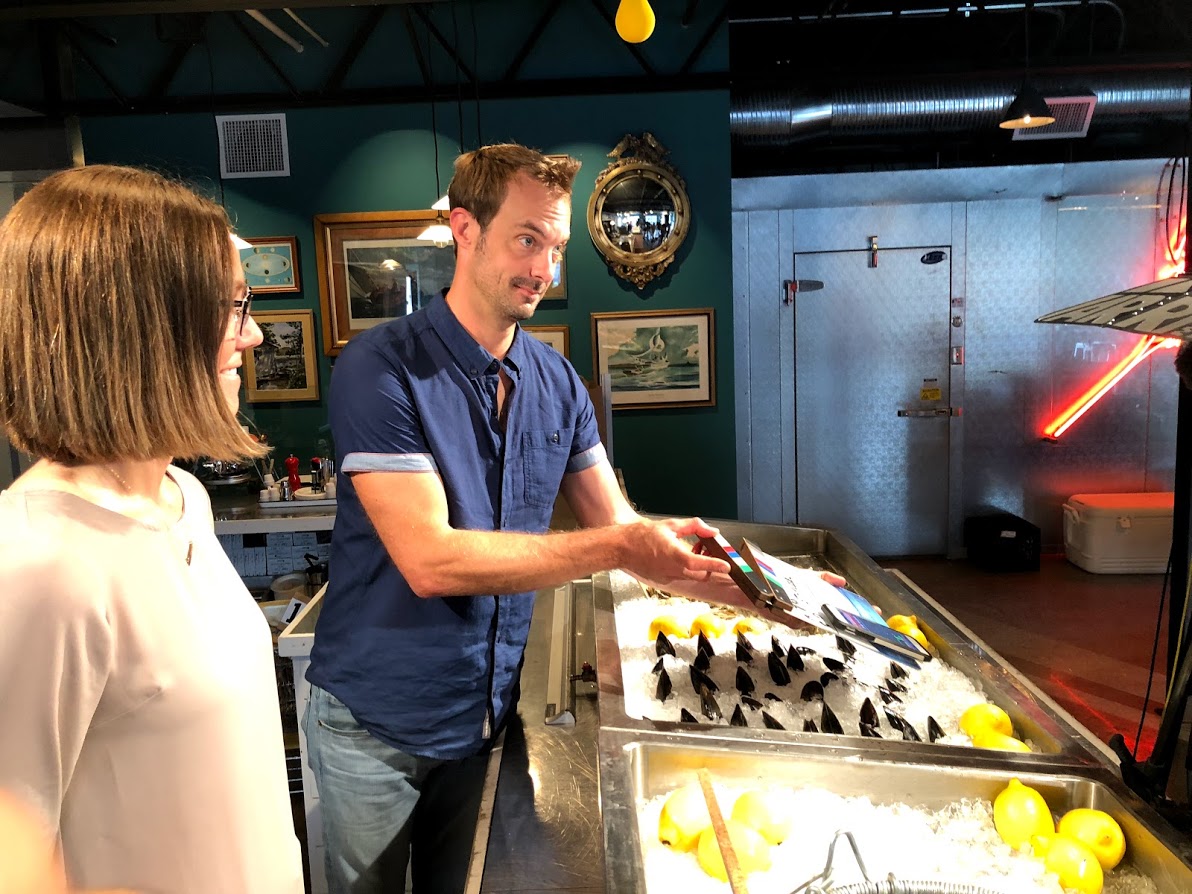
Chef Barton Seaver and Halley Froehlich share some tips for sourcing fresh mussels. Credit: Chris Corpus
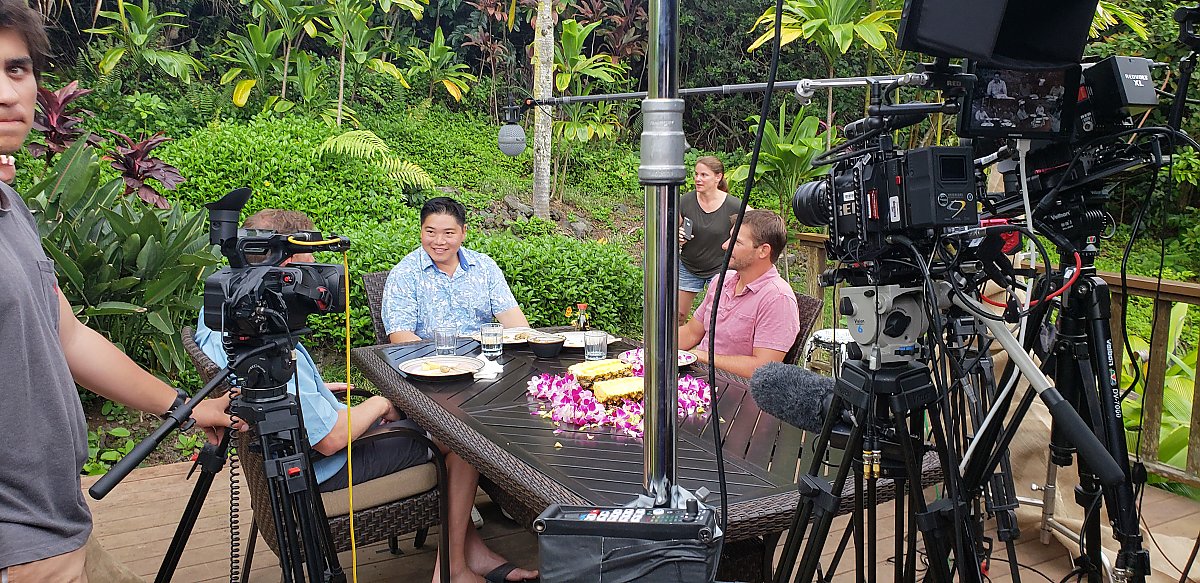
Chef Colin Hazama chats with James Morris and Tyler Korte about how responsible marine aquaculture can increase our supply of nutritious food while supporting healthy ocean ecosystems.
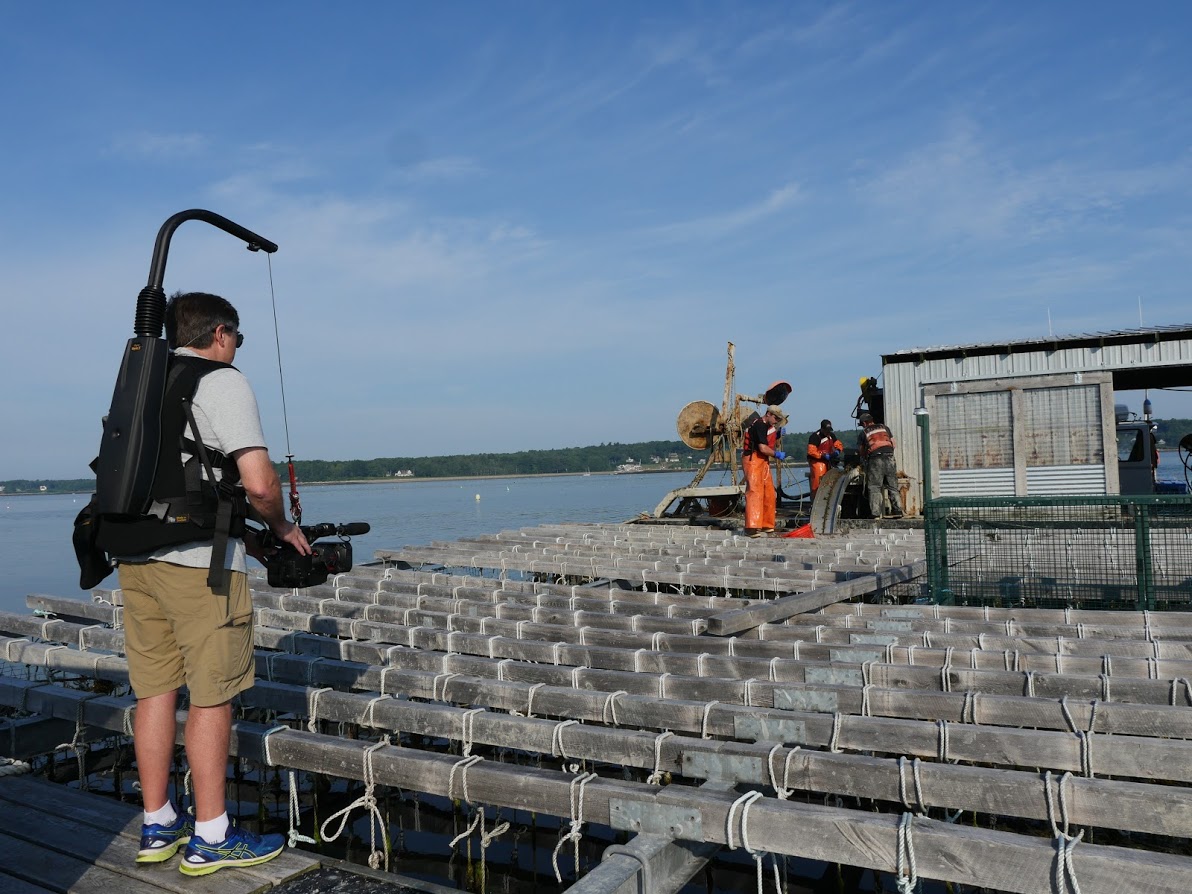
Aquarium and series Director of Photography, Andrew Cohen gets footage of farmers harvesting mussels at Bangs Island Mussels in Maine. Credit: Jack Lawson/Aquarium of the Pacific


